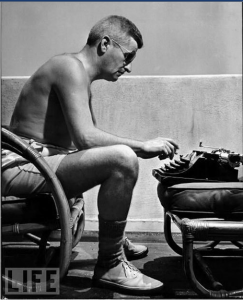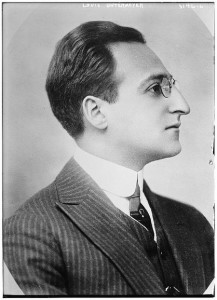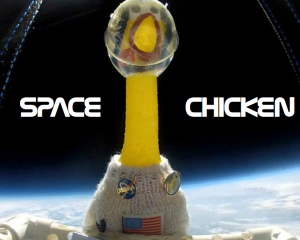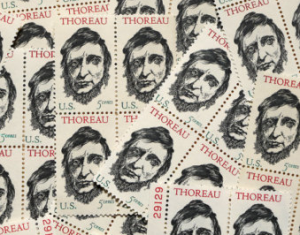Think tanks are usually associated with non-profit organizations and institutes that perform research and provide advice on subjects such as public policy, technology, culture, economics, and so on. But your IT organization can stretch that term to cover a group of staff members who convene to generate innovative ideas that can be acted upon to improve the overall functioning of their department and the institution that it serves. An internal think tank is also a way for staff to share ideas that may not otherwise have a proper place to be heard and discussed. It gives motivated staff a forum to change and improve the workplace status quo.
At Fordham University, our IT organization implemented the “Innovation Group,” a collection of staff from IT and other university departments who met regularly to brainstorm, research, and carry out ideas to improve the workplace environment, build a stronger sense of community among IT staff and others in the university, and enhance the integration of technology within the university.
This paper gives an overview of the Innovation Group’s goals and methods for organizing and carrying out ideas. It describes some of its successful initiatives and the benefits incurred. It also briefly reviews some of the challenges the group encountered and group’s next phase, which will be based on lessons learned from the Innovation Group’s first incarnation.
|
This paper will be delivered at the SIGUCCS 2016 Conference, November 06-09, 2016, Denver, CO, USA. It will be published in the Proceedings of the 2016 ACM Annual Conference on SIGUCCS. © 2016 ACM. ISBN 978-1-4503-4095-3/16/11…$15.00 DOI: http://dx.doi.org/10.1145/2974927.2974932 |






You must be logged in to post a comment.